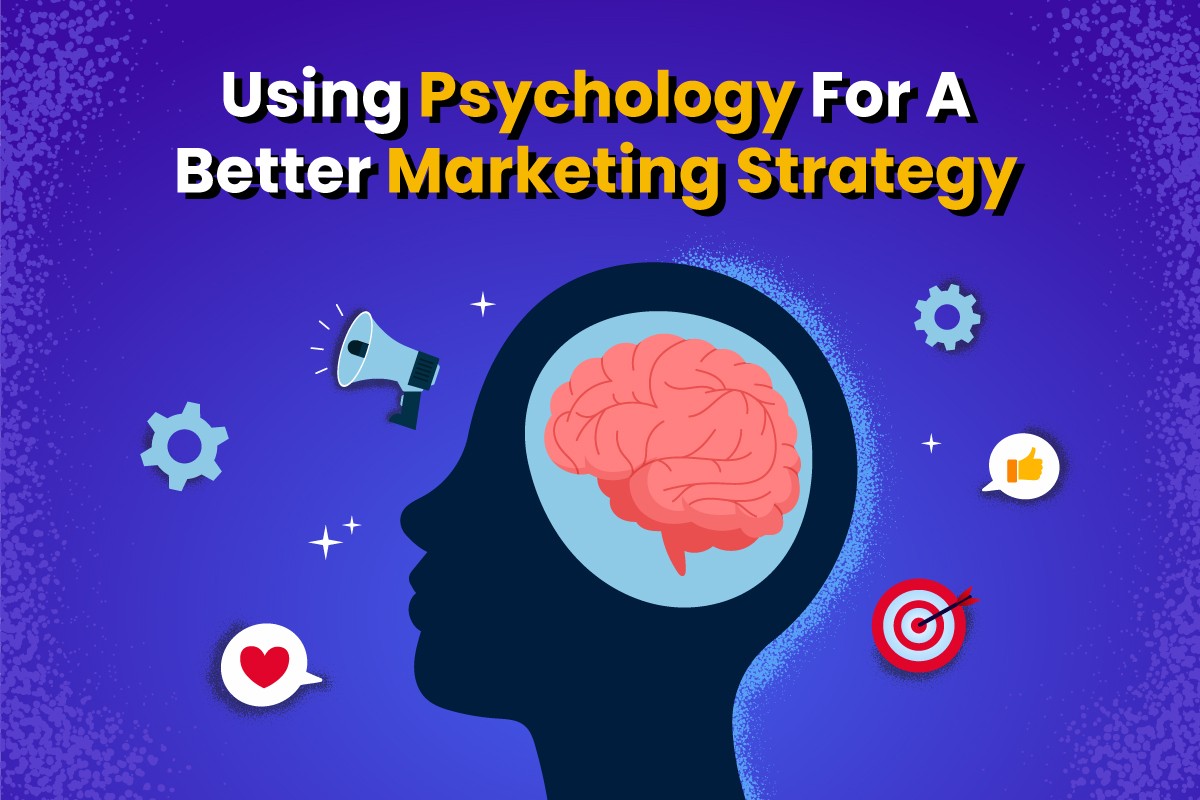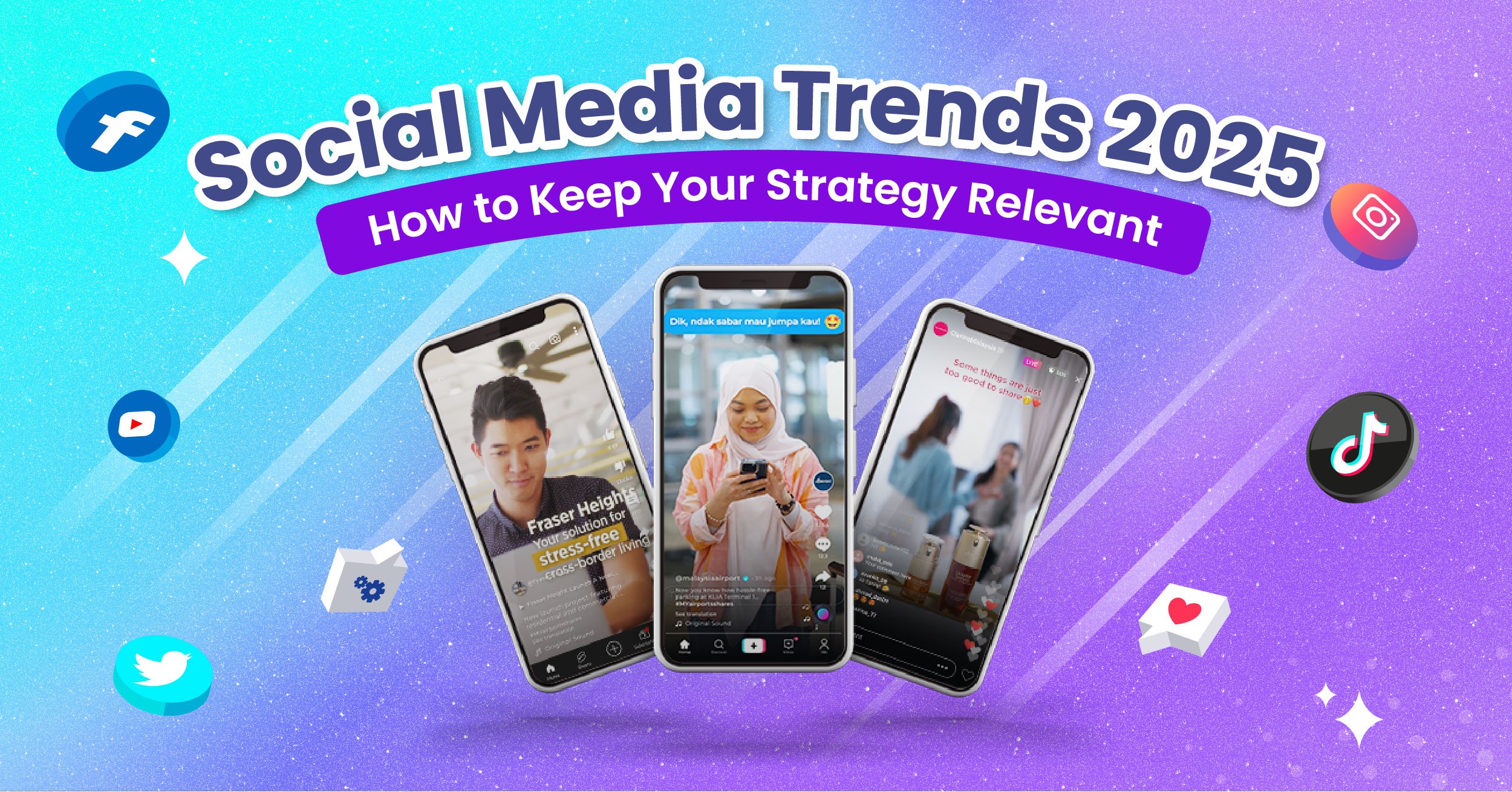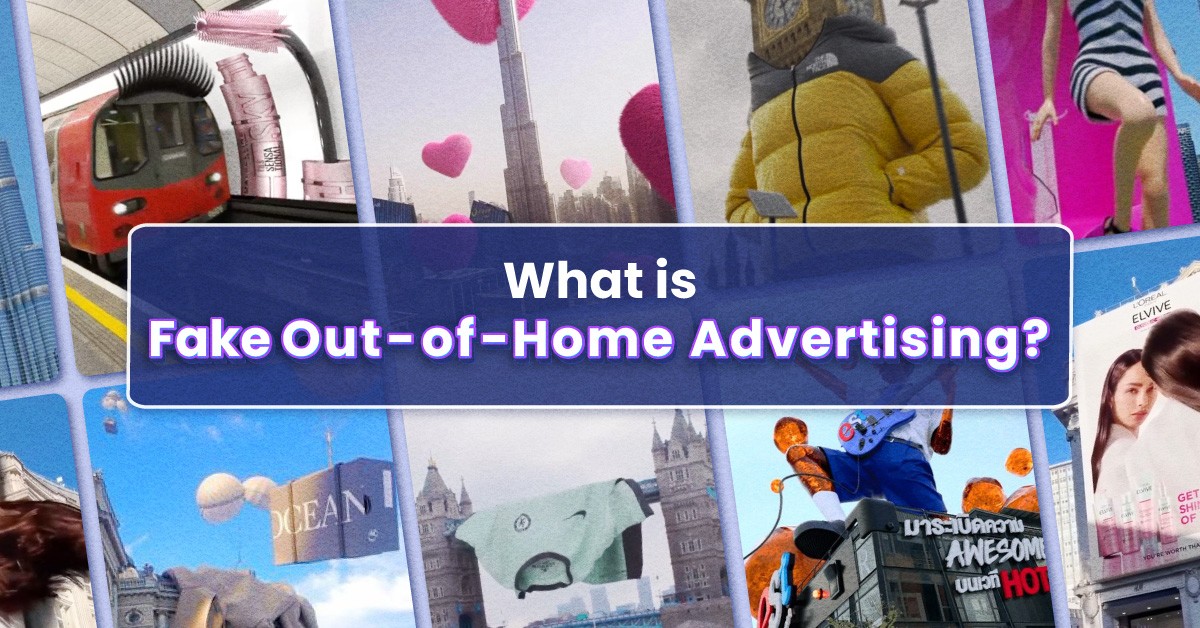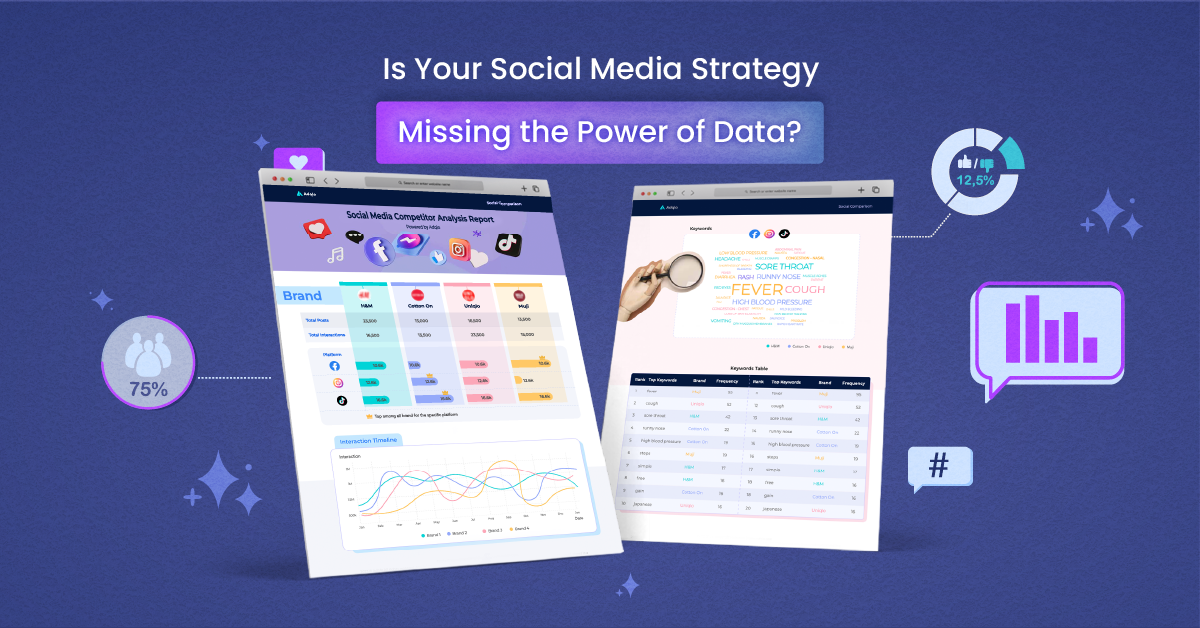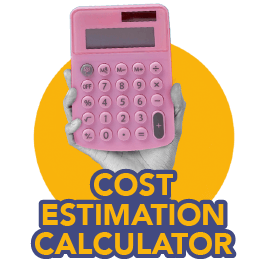It is a well-known fact that understanding your consumers is the key to building a successful brand,1 and today’s marketers are taking a step further by borrowing insights from behavioural sciences to anticipate consumer behaviours and understand our cognitive biases.2
So what exactly are cognitive biases? Throughout the years, psychologists have identified a number of biases and inconsistencies in our behaviours across different situations, including our buying behaviour and decisions.3 Brands then apply these psychological insights to optimise marketing campaigns and ads to drive purchases and actions.4 Predicting consumer behaviours and preferences help brands answer their consumers’ needs during relevant moments while taking customer experiences to the next level.5 Ever wondered how brands apply these psychological concepts in their marketing strategy? Let’s take a look at how marketers implement these cognitive biases.
1. Availability Heuristic
This common form of bias describes how we easily remember situations or examples that immediately come to mind when trying to make a decision.6 Just imagine: you read an article recently about how having dry skin leads to sun spots, even though you do not have dry skin, you still reach for that bottle of moisturiser during your next visit to the department store to avoid the negative possibility of having sun spots. This happens because news like these have a long-lasting impact on consumers that may condition a bias in their next decision.7
Brands often tackle this bias by positioning themselves as solutions that are easily recalled when consumers are faced with said problem. A successful sale comes from a brand’s ability to help consumers solve their issues, therefore crucial to first identify the problems consumers face and their experiences towards it.8 Take Ellgy Plus for example—a brand that offers cracked heel creams—their consumers are likely to have read and eventually understood the risks of infections and diseases caused by cracked heels, such as deep ulcers. When these problems leave a long-lasting impact on consumers, they will feel a sense of urgency to solve it in order to avoid negative consequences.9 Therefore, Ellgy Plus’ content strategy lies first in educating consumers about the problem (cracked heels), then educating them on how to solve it (with Ellgy Plus products).

This is when availability heuristic kicks in and consumers will make a purchase believing that Ellgy Plus is a trusted brand that provides content on preventive foot care and offers products for various foot conditions.
2. Reciprocity bias
Maybe it is the Malaysian in us, but we cannot deny our love for freebies. From gym membership trials to free makeup samples, brands have been using the reciprocity bias to capture our attention for years. This bias describes the act of how someone is compelled to return the favour when someone helps them,10 very much like how we feel obligated to treat our friend to a cup of coffee because they paid for lunch earlier on. To build long-lasting relationships with consumers, brands often offer their products for free (or something valuable), at the beginning. This reassures consumers that their well-being is prioritised while creating memorable experiences and building brand trust amongst them. In return, consumers often feel inclined to give brands something in return, i.e. a purchase.11

We have seen success stories from brands all across the world in different industries, from Sephora to Netflix, that use reciprocity bias in their marketing strategy. Let’s take Physiogel, a world renowned skincare brand, as an example. In 2021, they launched an integrated digital marketing campaign, Physiogel Triple Action for Immeasurable Hydration Campaign, to increase brand awareness, engagement and traffic. They achieved it by giving out free samples to visitors who played the game and achieved a high score on Physiogel’s microsite. This campaign successfully garnered over 12,000 website traffic in just a span of 2 months, and potentially multiplying in sales with the increased brand visibility, so it’s no surprise that Physiogel and brands across the world would incorporate this bias to build this ‘give-and-take’ relationship with their consumers.
3. Authority bias
“9 out of 10 dentists recommend using XXX toothpaste”, sound familiar? Brands often engage key opinion leaders (KOLs) across different industries to persuade people with their expertise and authority. Celebrity-endorsed commercials or testimonials from experts and social media influencers have become today’s most common form of authority bias in the advertising landscape.12 The reason is relatively simple: since young, we have been constantly taught to listen to advice from our parents, teachers, or any other figure of authority; so it’s only natural that we have a greater tendency to trust individuals with more expertise or knowledge in a certain industry before making a purchasing decision.13 Studies have shown that endorsing celebrities who ‘fit’ the brand or product, brands are able to foster a favourable brand attitude and purchase intention, as proven in a study where an athlete was identified as an effective endorser for an energy bar.14

So how did Clear Valley use authority bias to introduce their high oleic oil blends? They engaged celebrity chef and TV host, Sherson Lian, to make a series of cooking videos exclusively for their social platforms. In Clear Valley’s case, partnering with a well-known celebrity like Sherson, featured in a variety of magazines and cooking shows, along with a steady following on his own, is a match made in heaven. A recipe video on how to cook Malaccan Cincalok Fritters featuring Sherson have helped Clear Valley build credibility amongst consumers as a top-of-mind choice for healthy cooking oil while driving a high view rate of 58% on YouTube (an approximate increase of 12% from the usual view rate).
When utilised correctly, celebrity endorsements are effective tools to build trust in the brand and invoke positive consumer behaviours.
4. Bandwagon bias
Ever scrolled through social media platforms and encountered news about a huge crowd lining up for the next big product release? Perhaps you have purchased a product due to the huge amount of 5-star reviews from satisfied customers? Known as the bandwagon bias or effect, it is also commonly referred to as ‘jumping on the bandwagon’, where people adopt certain trends as the majority.15 As humans, we like to fit in with our communities, social circle and peers to feel like we truly belong,16 so if we are surrounded by our peers who love exercising, we are naturally inclined to start exercising as well. There are many different ways brands utilise this social phenomenon—from showcasing their testimonials from happy customers to endorsing a celebrity with a cult-following— to build desirability that will ultimately influence consumers’ perception of the brand.17

A good example of the bandwagon bias is how Apple markets their devices. It is a well-known fact that the iPhone is considered one of the most famous and desired smartphones in the 21st century.18 While it basically has all the same functions as most smartphones in the market, like taking high-quality photographs and allowing users to check their messages, emails, etc., still they have succeeded in positioning themselves as “premium” in the minds of consumers.19 Why did the iPhone become a global phenomenon while its counterparts did not gain as much popularity? Well, this occurs because Apple users see beyond their campaigns and notice more of their peers and social circle using an iPhone, which then influences them into obtaining one for themselves too.20 The bandwagon bias is a powerful tool, especially with the rise of social media and digital influences where peer interactions and updates are easily publicised. Brands are utilising digital platforms to drive the bandwagon bias, boost crowd appeal, and gain exposure.21
Moving forward, how can brands use them effectively in their own campaigns?
According to Google, cognitive biases have been proven to be powerful tools that are able to influence consumer behaviour and decision-making.22 We’ve narrowed down just a few of the many cognitive biases that are available out there. Today, more brands are starting to see the importance of getting adequate insight and information into their consumers’ needs, wants, and demands, before incorporating cognitive biases in marketing to better serve consumers' thoughts, how they perceive a product or value, and more. Understanding your consumers’ psychosocial needs is the key to knowing which one of the psychological biases is the right one for you when it comes to effectively communicating what your brand offers during your next campaign.
Want to explore the world of marketing psychology and insights that can help bring your brand one step forward like Physiogel and Ellgy Plus? Contact us now!
